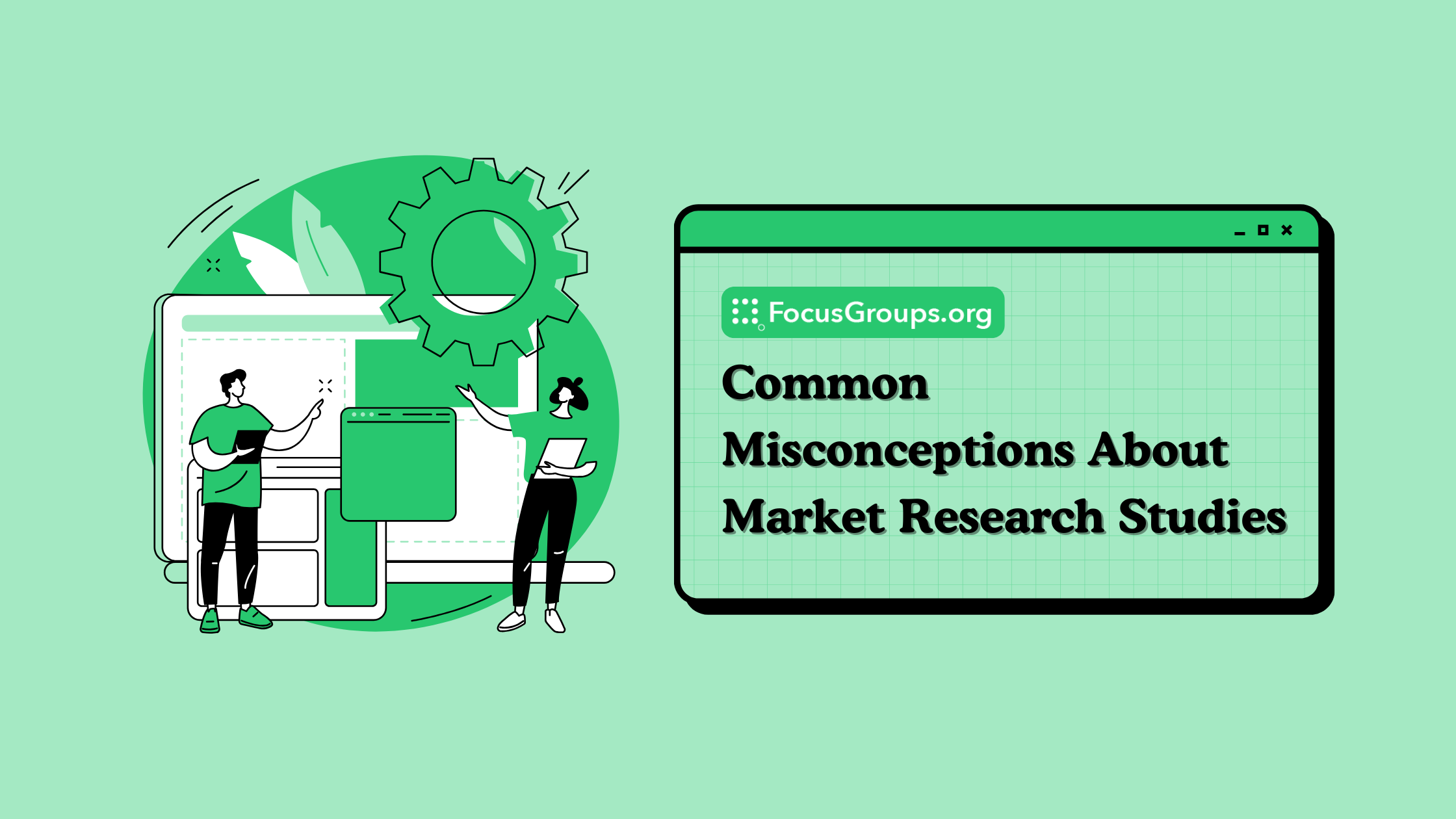How Consumer Feedback Drives Exceptional Customer Experiences

Today's competitive business landscape highlights customer experience as a crucial differentiator across industries. Companies that excel at creating positive and memorable experiences often enjoy higher customer loyalty, increased sales, and a stronger brand reputation. However, truly enhancing the customer service experience requires businesses to remain attuned to their customers' desires, feelings, and areas for improvement. This is where consumer feedback proves invaluable.
Reference Table:
- Understanding Needs and Expectations
- Improving Products and Services
- Personalizing Interactions
- Identifying Pain Points and Removing Barriers
- Driving Customer Satisfaction and Loyalty
- Enhancing Communication and Trust
- Conclusion
Understanding Needs and Expectations
This understanding helps prioritize which aspects of products or services to enhance, focusing on areas that will most significantly impact customer satisfaction. Consumer feedback-driven strategies enable companies to align their offerings with customer desires, ultimately resulting in more relevant products and services.
For example, consumer feedback may reveal that customers expect faster response times from customer service. Acting on this insight, a business can reduce wait times and enhance the overall customer service experience.
Improving Products and Services
The importance of consumer feedback plays a pivotal role in identifying areas for enhancement in products and services. Feedback, both positive and negative, can illuminate specific areas needing improvement. Complaints, suggestions, and preferences serve as a roadmap for businesses to make necessary changes to better meet customer demands.
A clothing retailer receiving feedback about product durability can use it to enhance materials, creating stronger, longer-lasting garments. Addressing feedback improves customer satisfaction and retention, making customers feel heard and valued.
Personalizing Interactions
Consumer feedback enhances customer experience through personalization. It enables businesses to tailor interactions based on each customer's unique preferences and expectations, fostering stronger relationships and ensuring customers feel valued.
For example, if a customer expresses interest in specific product categories through a consumer feedback form, businesses can use that information to offer personalized recommendations or promotions. This tailored approach creates more relevant and meaningful interactions.
Personalization can extend beyond product recommendations to include communication preferences and customer service interactions. A personalized approach by a skilled customer experience manager results in a more satisfying experience, leading to increased customer loyalty and advocacy.
Identifying Pain Points and Removing Barriers
Every customer journey presents opportunities for improvement. Feedback can reveal pain points or barriers customers encounter while engaging with a business. These obstacles may arise at various touchpoints, such as the checkout process, navigating the website, or contacting customer support.
Consumer feedback surveys are crucial for identifying these pain points. Once aware of the issues, businesses can take steps to eliminate or mitigate them, enhancing the overall customer experience. Whether simplifying an online purchase process or improving product usability, resolving these issues leads to smoother customer journeys.
If customers consistently complain about a complicated checkout process, businesses can simplify it by removing unnecessary steps or offering more payment options. Addressing these concerns reduces customer frustration and increases conversion rates.
Driving Customer Satisfaction and Loyalty
Customer satisfaction is central to every successful business. Actively listening to customers and making improvements based on their feedback directly enhances satisfaction. When customers see their input leading to tangible changes, it fosters loyalty and trust.
Key benefits of consumer feedback:
- Measures effectiveness – Helps businesses assess how well they meet customer expectations.
- Identifies areas for improvement – Pinpoints gaps in products or services.
- Creates a feedback-driven cycle – Regularly collecting and acting on feedback ensures continuous improvement.
For example, if a customer uses consumer feedback websites to mention they love a product but wish for more color options, offering those choices demonstrates that the business values their input, boosting satisfaction and encouraging future purchases.
Enhancing Communication and Trust
Consumer feedback fosters open communication between businesses and customers. Actively seeking customer opinions through focus groups signals care for their thoughts and experiences. This two-way communication builds trust, essential for developing long-lasting customer relationships.
As customers recognize that their feedback submitted through consumer feedback sites is not only heard but also acted upon, their trust in the brand grows. This confidence enhances purchasing decisions and promotes long-term loyalty. Transparent communication about how consumer reports feedback informs product and service improvements strengthens these relationships and enhances the overall customer experience.
Many companies work with product testing companies to gather additional insights, while organizations in healthcare may utilize clinical trials for specialized feedback.
Conclusion
Consumer feedback plays a crucial role in shaping and improving the customer experience in today's competitive market. By listening to customer needs and expectations, businesses can identify areas for improvement in products and services, personalize interactions, and address pain points that hinder the customer journey. This approach drives customer satisfaction and fosters greater loyalty.
Embracing feedback as a tool for continuous improvement allows businesses to stay ahead of the competition by enhancing the overall customer experience. Regularly collecting and acting on consumer feedback is essential for remaining relevant, responsive, and customer-centric in an ever-evolving market.





